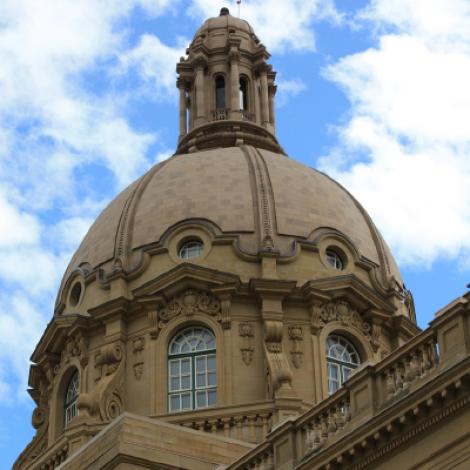Lessons from the wildfire: partnerships, policies and practices
 On the third anniversary of the Fort McMurray wildfire, we sat down with Junaid Akram, Senior Director, General Insurance Services, AMSC, to discuss the lessons learned from the fire.
On the third anniversary of the Fort McMurray wildfire, we sat down with Junaid Akram, Senior Director, General Insurance Services, AMSC, to discuss the lessons learned from the fire.
Since the wildfire at Fort McMurray many organizations have evolved to incorporate lessons learned. How has AMSC evolved?
AMSC has increased our focus on claims advocacy and sought input from industry experts on best practices so that our members get the best possible insurance coverage available. The efforts have been strategic in helping members get claims paid out in a timely manner.
Are there any new policies that have been adopted?
Consultation with stakeholders has guided the actions of several policy changes. One such change is updating the wording of our property policy to specify the areas that will be covered and those that will not be. This will help streamline adjusting future claim payments. If they want, members can insurance [at] auma.ca (contact us) for more information.
AMSC has a coverage extension called ‘Building Back Better.’ What is it? How does this differentiate AMSC from other insurance providers?
Building Back Better is geared towards providing members with building materials that are of better quality than pre-claim. The aim of this coverage is to reduce future claims by using better materials to rebuild. Let’s put a twist on the story of three little pigs. One pig lived in an asphalt shingle roof house in a hail-prone area. Hail falls, the roof is damaged. MUNIX settles the claim and allows for the roof to be made of rubber shingles. On subsequent hail events, the roof remains intact, the pig does not lose his roof, and we don't have to pay out a further claim.
The construction industry is moving towards LEED® certification, however certain costs towards LEED® buildings are not usually covered by other insurers. How does MUNIX provide insurance needs for its members with LEED® buildings?
AMSC offers coverage extensions to its members to repair or replace an existing LEED® structure.
Insurance is quite complex. What tools are offered to the members to help them understand insurance claims?
AMSC offers training in various risk management practices for our members, educating them on simple and effective ways to prevent or mitigate their risks. This education can be customized based on the risk and location. AMSC also provides members with access to ClearRisk Risk Manager software for free so that they can assess their own risks and understand how claims can impact their budgets thus take an active role towards mitigating those risks.
Are there any notable partnerships that were forged from the negotiations had during and after the wildfire?
Partnerships are important to organizations that share the same goals. Partnerships forged include those with Alberta Emergency Management and others that have implied interests. AMSC has been working with organizations that offer help in rehabilitation to ensure continuity of business post claim.
Junaid Akram is a Business Risk Management Professional with over 20 years of Canadian and International experience with focus on organizations in engineering and public sector. He has experience in developing and improving Risk Management techniques that enable organizations to better manage business processes in a cost-efficient manner and help improve or enhance service offerings.


